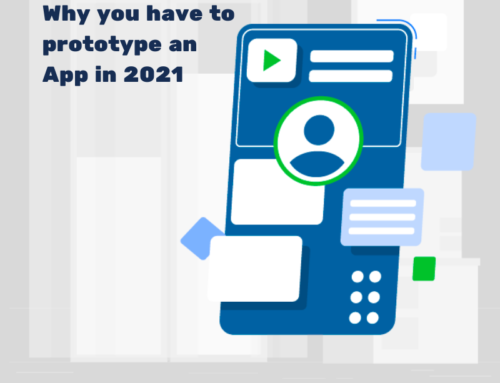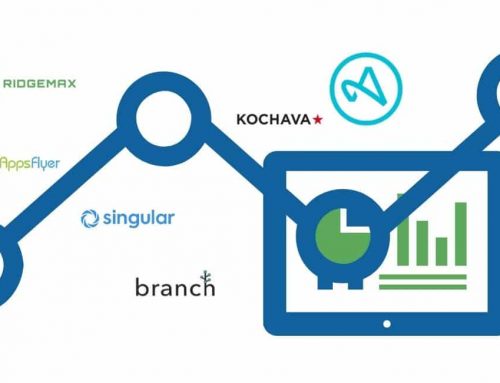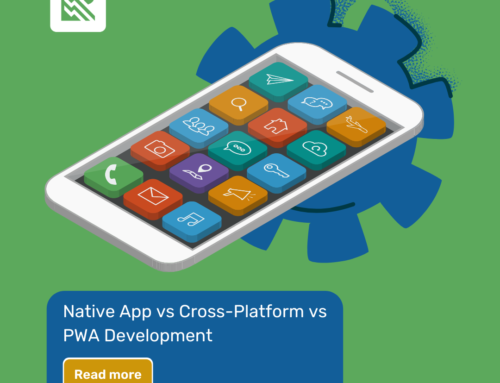Tips To Keep Your Users Hooked On Your Mobile App
Once you launch your app, the User Engagement strategy should be waiting on your desk. At the very beginning, users are deciding whether or not your app is worth downloading, so you need to have strong messaging to show the long-term value of it. One thing is for sure – simply showcasing the app features won’t get you very far. The more specific the problem is that you tend to solve, the more you need to educate your users about the app. We’ve highlighted 7 of the best user engagement tactics, to retain your users and keep them satisfied.

1. First things first: Emphasise your Value Proposition
A value proposition is a statement that answers the question: why someone should use your app. A good value proposition convinces a potential customer why your product solves their problem better than similar offerings from your competition. Some of the most common value proposition mistakes (and we bet you want to avoid them) are:
- Not being clear
- Not testing more versions
- Not having proof
If you wonder how to write a value proposition that rocks, read this (link to another blog post).
2. Onboarding – Educate Your App Users
Education of App users go in two directions: Pre-install – Introduction, and An effective guide to decent User experience. The App Intro is the first part of your overall onboarding experience and hence, the most important. It should make the benefits and usage of the app obvious and eye-catching. In design, there is never a ‘one size fits all’ solution. Depending on the purpose of the app, try to understand what would be the most useful and quickest way to convince users they need to install your app. Here are some tips by Richard Kim:
- Use Photos
- Use Words Strategically- learn how to use words to enhance the images
- Don’t build a tutorial
- If you can, use a video
- Focus on getting the user to use your product again
Once you get users to install the app, the education process is not even close to being done. The second part of the onboarding should be to continue more effectively and in perfect time. We call it Contextual Tutorial (Just in Time). A contextual tutorial tells the user the right thing to do at that moment in time, without referring to the previous or next screen. This method can be used to educate users in multiple ways:
- Interactive Tour, One Feature At A Time
The goal of interactive tours is to minimize the number of instructions, by focusing on a user’s attention on a single, primary action. The hint appears on the screen when the user reaches the relevant section of the app. It works well for complex apps.
- When Users Commit Errors
Users prefer being guided instead of being educated. When they commit errors, what they usually see is the notification informing them about it, and what are the next steps to continue. This is an outdated method, and instead, highlighting the field they forget, for example, will do better work.
- making an empty page less empty
If the apps contain empty pages, it’s a good option to provide short and simple tutorials, in this case users don’t perform any activity. It could be useful for notes apps.
3. Simplify the account creation and sign-in process
If the account creation process takes too long, you risk users getting frustrated and giving up before they have a chance to see how useful is your app. Either don’t ask for too much information or just simplify the process. Also, experiment with several login options – login through social media, emails, phone number etc., and see what customers are picking the most frequently.
4. Ensure Fast loading of your app
Today, users demand apps with minimal interruptions and waiting. If some pages don’t load quickly, make sure your users don’t notice. The ideal loading time of your app should be about two seconds. To prevent your app from slow loading, you need to work directly with developers and make sure you check all of the following elements:
- The app’s support and regular updates
- The server speed
- Properly optimized encrypted connections
- The code of third-party libraries functioning without errors or bugs.
- Clean, Not overly crowded data within the app (If too many servers are loaded, it consumes a lot of time. Therefore, it can cause slow loading.)
- The track Network latency
5. Use Push notifications or/and App Messaging
And do it wisely!
Push notifications let you deliver messages to the user’s home screen. It’s like an SMS message, but from an app instead of a friend. Push notifications appear at the top of the screen without interrupting a person’s current activity, but since they have a limited word count, only attention-grabbing, valuable information is best. When used ineffectively, they can cause contra effects, reflected on a churn-rate increase.
Another way to communicate with users is app messaging. While it’s possible to engage with users anytime using push notifications, in-app messaging works only if users use the app. The good side of in-app messaging is that you’re able to send longer and personalized messages.
They both have a place in each type of app, and the way you use them must fit a larger marketing strategy.
6. Deep linking is a new must
Mobile app deep linking is a technology that launches an app and opens a specific page once a user clicks a URL on a web page or in another app. It’s not only great for driving user engagement, but it also helps in tracking campaigns. Deep linking can be used in both iOS and Android apps. The condition for iOS apps is that deep links are supported only in iOS 9.0 and above versions whereas all versions of Android support deep links. If you want to learn more about the technical implementation of it, take a look at this article.
7. Go social
Tech optimization and features promise great outcome. The connections you make with your users go far beyond app stores. Social media is an incredibly powerful marketing tool, and you can use it to drive engagement with your app not only with new users but also with those who already have it installed on their phones. Give users a reason to love your app, and to make engagement worth their while. Create a community around your product, and listen carefully on Social Media of whether they like the app or not, and what they would change, etc.
Conclusion
In order to create an amazing app engagement, your actions must go in two directions -maximize the work on the tech side and use a human-centric approach. As you can see, both of them are extremely important for users’ experience, and the more you think about their needs, the better the long-term results you’ll have. At this point, every feature should be geared towards the app’s purpose. Don’t add features that are unhelpful or irrelevant, no matter how good they look or how fancy they are. At the same time, make sure you are up to date with news and trends – track what new features could improve the life quality and implement it.





